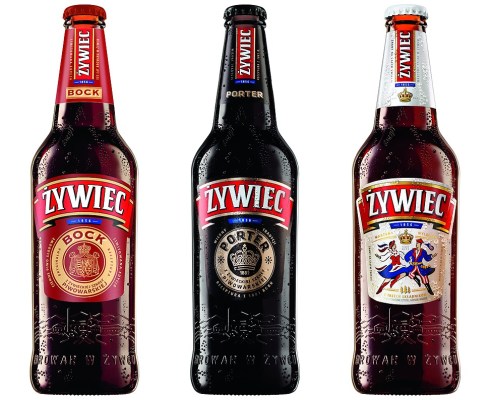Bummer, dude! That’s what you say when you find out your whole keg of Heiney is totally skunked but it doesn’t matter because you’ll totally still drink it after you finish the pony keg of Sammo’s Irish Red. But what if I told you that folks in Spain have figured out a way to use an app to tell if your beer is a mess?
Whoa, right?
Whoa, indeed. Chemists at the Complutense University of Madrid have created a furfural-sensing polymer disk and app that can tell you when a beer has too much of a “stale” flavor. Furfural is a chemical related to the taste and smell of beer. It is present in most beers, but when the beer ages and begins to change chemically it can impart a stale or cardboard-like flavor to the brew and reduce the “fresh” aromas in a beer. While it’s not bad to drink old beer — just ask my college roommate, Lou — it’s not fun.
From the release:
The system developed by the researchers at the UCM consists of sensor discs that detect the presence of furfural in beer. These sensors, made from a polymer similar to the one used to manufacture contact lenses, have been designed to change colour (from yellow to pink) when they come into contact with a beer containing furfural.
“We have incorporated an aniline derivative into the sensor material which reacts with the furfural and produces a pink cyanine derivative that allows us to identify the presence of the marker in the sample. The intensity of the colour increases as the concentration of furfural in the beer rises and, thus, as more time passes since the beer was produced,” explains chemist Elena Benito-Peña.
The team has also created a mobile app for Android smartphones that, by taking a picture of the sensor disc, allows for the identification of the amount of furfural present in the beer. With this data, the degree of freshness can be determined.
Sadly the beer/app interface isn’t quite as automated as, say, putting in a sensor stick and taking a readout. However, the process of dropping in a disk and measuring its color via smartphone could revolutionize the way we make and store beer. And, so far, things are working well when compared to traditional and complex chromatographic methods currently used to test for furfural.
“The measurements have been taken using samples sent directly from the brewing company with different production dates and distinct degrees of aging. These same samples were also sent to a laboratory where they were analysed using gas chromatography coupled with mass spectrometry. The results we obtained were completely comparable,” said Benito-Peña.
The process can be used to sense aging in honey and milk as well, although I like to think all new technologies should be used first and foremost as a way to tell if my case of Mickey’s Big Mouths shouldn’t have hung out in Will’s van all summer.
